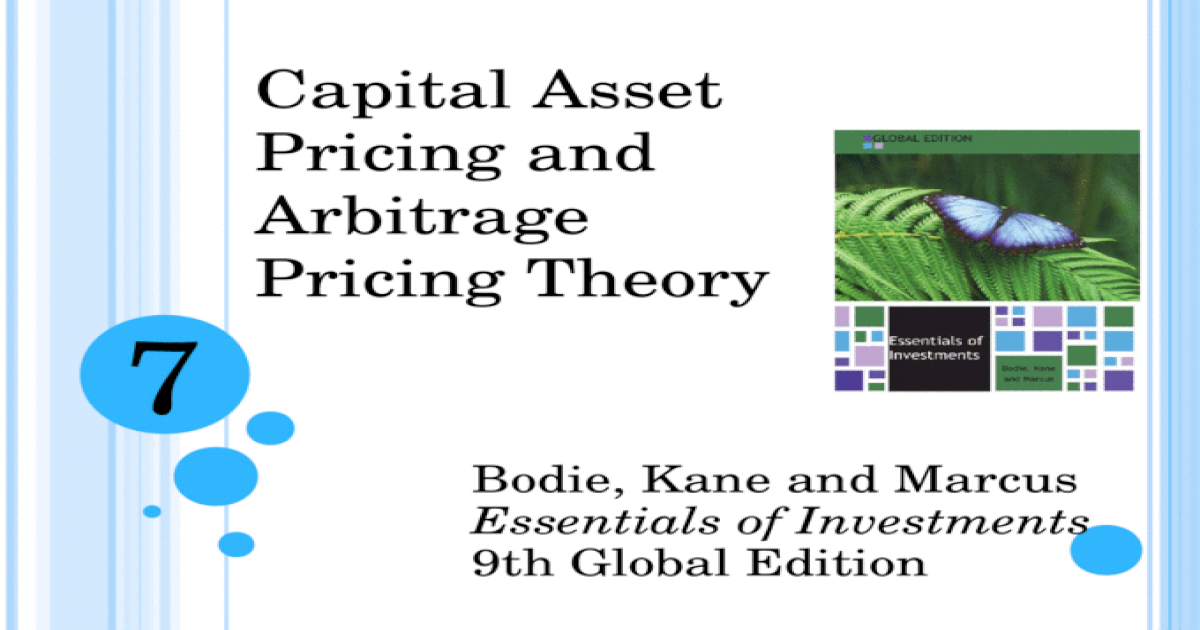

Opportunities and threats are elements in the external environment that may present areas for growth or significant risk to a specific firm. Business risk is the threat that internal and external forces may converge to create an environment in which a firm is no longer viable. Penetration pricing is a marketing strategy implemented to draw customers to a new product or service.

No risk, no gain is an age-old business philosophy that applies to all sorts of businesses. When a company or organisation is willing to take a risk, the chances of profit are higher than the company or organisation who is unwilling to take a risk. Hence Profit is the payoff for taking risks since the larger the risk, the higher the chance of profit. To run a business, a business needs to follow certain guidelines or legislation. If a business cannot follow such norms or regulations, it is difficult for a business to exist for long.
For example, if a restaurant experiences a fire, it will almost certainly suffer losses due to property damage. After that, the restaurant was temporarily closed for repairs and restoration. what do you mean by business risk Or permanent closure as a result of bankruptcy after a restaurant fire. Increased use of smart phones over traditional phones can primarily be attributed as _________cause of business risk.
Types of Financial Risk
If two events are mutually independent and the probabilities of one is PI while that of other P2, the probability of the events occurring together is the product of P1, P2. The effect of interest rate can be different for lending institution and borrowing institution. In India, a combination of factors have produced a situation where it is difficult to accurately find out the changes in interest rates.
Human risk happens when the staff or their activities become a threat to the company. A company runs successfully due to the relentless hard work of its employees. The same employees also have the potential to take the company in the wrong direction if they are noncompliant or are incompetent. Some businesses operate in sectors that are highly regulated with rules and regulations. The wine industry is one such example; wineries do not have permission to sell to the consumers directly. Strategies may lose its value as a consequence of various factors.
Standard deviation is expressed in the units of the original distribution and is called absolute measure of dispersion. Therefore, absolute measure must be reduced to a form which is free from the original unit of measurement. This can be done by expressing it in relation to the average from which variation is measured. This measure of relative variation is obtained by dividing the absolute measure by that average and is called a coefficient of variation. Subjective judgment of the decision makers plays a crucial role in practice to resolve the problem which may turn out to be imprecise or biased.
Features of Business Risk
For example, if a mobile company faces accusations of making mobiles that pose a danger to health, then customers would stop buying them. It’s important to point out that since risk is two-sided , the above strategies may result in lower expected returns (i.e., upside becomes limited). The fifth step in construction of a decision tree is evaluating results. The evaluation will be based on manager’s own experience, consultation with others and information available in this respect.
There is no precise way to find the probabilities of different outcomes. This limitation is overcome by adoption of standard deviation approach. A number of techniques have been suggested by economists to deal with risk in investment appraisal. Now that you have an idea of two risks, let’s look at the differences between Business Risk vs. Financial Risk. Before we discuss the distinctions between Business Risk vs. Financial Risk, let us give you an idea of the two risks.
- Ryan Eichler holds a B.S.B.A with a concentration in Finance from Boston University.
- Also, business risk relates to the company’s investment policy, while financial risk relates to investment policy and capital structure.
- A risk manager must try to identify the risks that other companies in the same industry face.
- Sometimes it is a company’s top leadership or management that creates situations where a business may be exposed to a greater degree of risk.
When a countrydefaultson its obligations, it can harm the performance of all other financial instruments in that country—as well as other countries it has relations with. Country risk applies to stocks, bonds, mutual funds, options, and futures that are issued within a particular country. This type of risk is most often seen inemerging marketsor countries that have a severe deficit. Risk is defined in financial terms as the chance that an outcome or investment’s actual gains will differ from an expected outcome or return. Risk includes the possibility of losing some or all of an original investment.
Diversification is a method of reducing unsystematic risk by investing in a number of different assets. The concept is that if one investment goes through a specific incident that causes it to underperform, the other investments will balance it out. What is significant about the decision tree approach is that it does several things for decision makers.
Financial risk means the inability of a company to generate enough cash flows to meet its debt commitments. We all face risks every day—whether we’re driving to work, surfing a 60-foot wave, investing, or managing a business. Keep in mind that portfolio diversification is not a one-time task. Investors and businesses perform regular “check-ups” or rebalancing to make sure their portfolios have a risk level that’s consistent with their financial strategy and goals. Picking different investments with different rates of return will ensure that large gains offset losses in other areas. Political riskis the risk an investment’s returns could suffer because of political instability or changes in a country.
Business Risk
Credit riskis the risk that a borrower will be unable to pay the contractual interest or principal on its debt obligations. Morningstar is one of the premier objective agencies that affixes risk ratings to mutual funds andexchange-traded funds . Risk includes the possibility of losing some or all of an investment.
What is Business Risk?
This type of risk can stem from a change in government, legislative bodies, other foreign policy makers, or military control. This type of risk affects the value of bonds more directly than stocks and is a significant risk to all bondholders. Corporate bonds, on the other hand, tend to have the highest amount of default risk, but also higher interest rates. Bonds with a lower chance of default are consideredinvestment grade, while bonds with higher chances are considered high yield or junk bonds. Investors can usebond rating agencies—such as Standard and Poor’s, Fitch and Moody’s—to determine which bonds are investment-grade and which are junk. Time horizons will also be an important factor for individual investment portfolios.
Business risk represents the notion that a firm may experience events or circumstances that create a threat to its ability to continue operating. Enterprise risk management is a holistic, top-down approach that assesses how risks affect an organization and devises plans on how to approach different risks. Investopedia requires writers to use primary sources to support their work. These include white papers, government data, original reporting, and interviews with industry experts.
Invest in training of employees to deal with unsatisfied customers or natural disasters (e.g. flooding). Prepare a business plan that outlines future possibilities of market changes and the steps the business can take to mitigate their effects. A company with a ruined reputation is at risk of losing public backing and customers, thus negatively impacting its brand loyalty. Definitions of risk range from narrow definitions – risks to people or machinery resulting from hazards – to wide definitions that see risk as any uncertainty of outcome. The table below lists ten definitions of risk from different industries and standards.
The top management may not always have all the information. So, the opinion of employees could prove valuable in identifying risks. For instance, an employee operating machinery would have an idea of when it could break down. These are risks that a business can quantify, while some risks can’t be quantified.
Again, there is a chance that a hail storm would destroy crops in the field. One of the most common risks is the uncertainty of business income or income, impacting a company’s finances. After discussing the definition and types of business risks of business risk, the following section discusses the different types of business risks.
